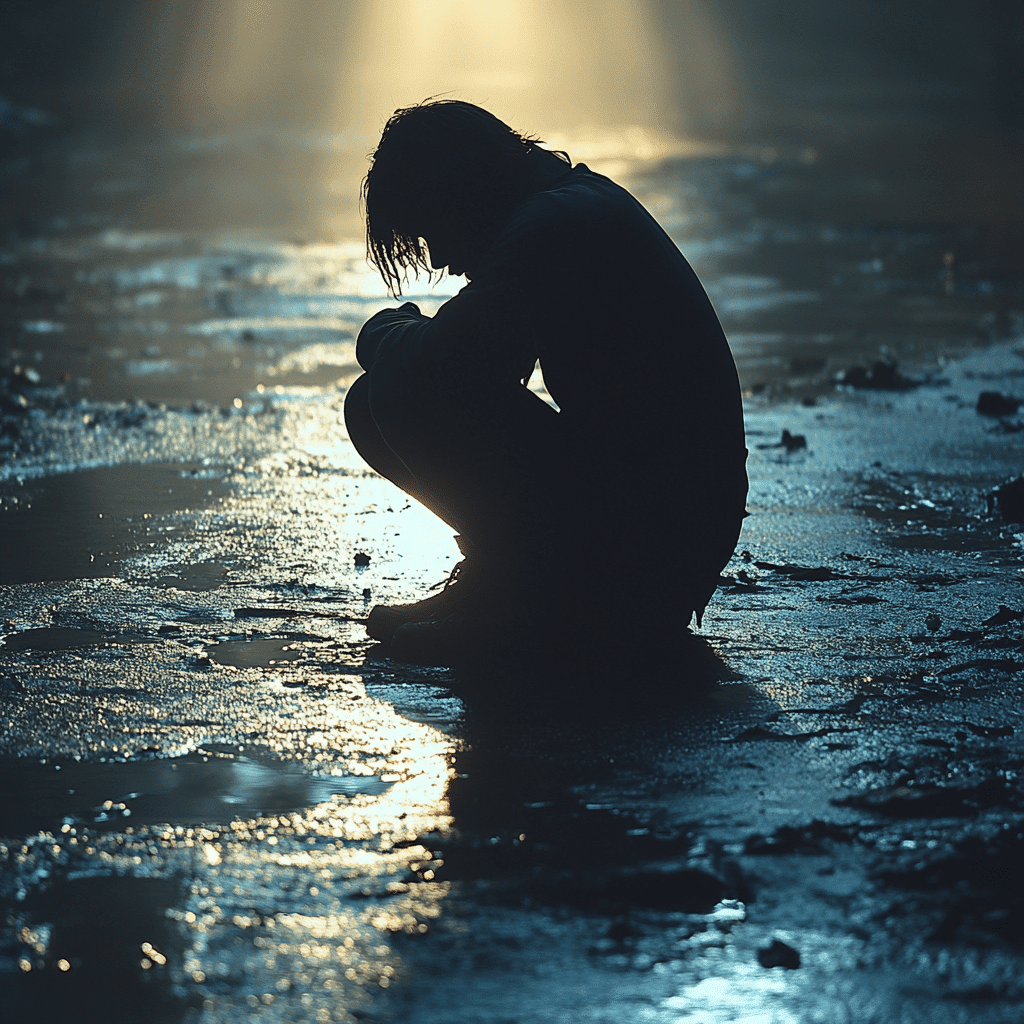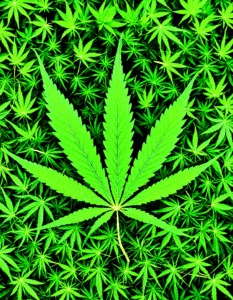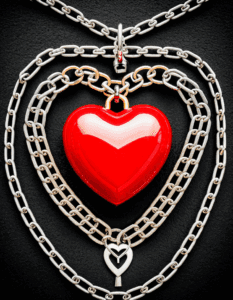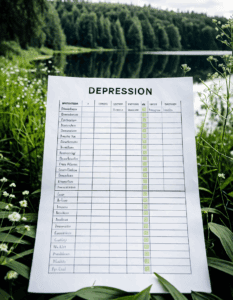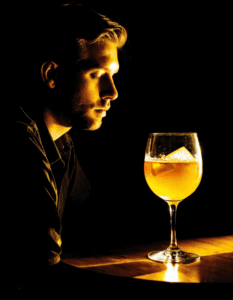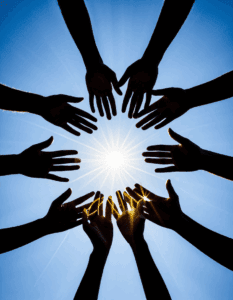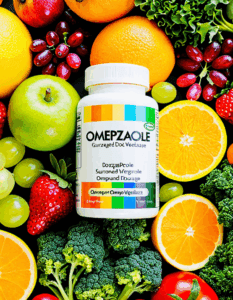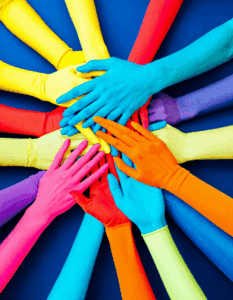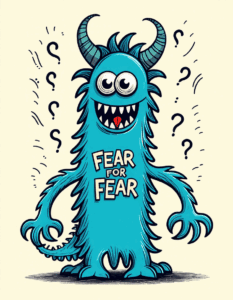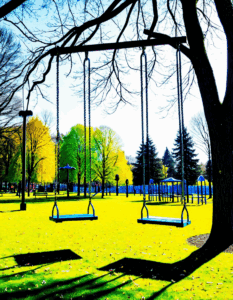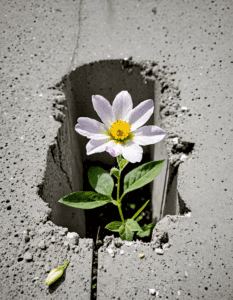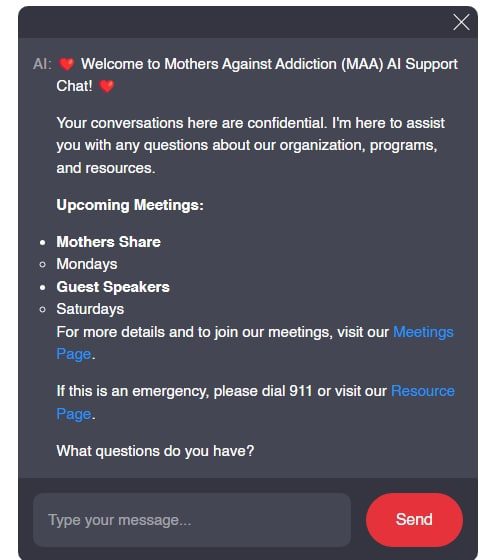Peer Pressure and Addiction: Understanding the Connection
Peer pressure and addiction have a powerful grip on today’s teens. Their combined impact can derail young lives, leading them down paths riddled with substance abuse and intense struggles. Indeed, with 21% of teens having tried illicit drugs due to peer pressure, it’s essential for parents, educators, and policymakers to understand the nuances of this perilous combination.
The Dynamics of Peer Pressure and Addiction in Teens
Peer pressure is a potent social force. It can drive adolescents to experiment with drugs or alcohol, hoping to secure their place within a group. Friends and peers influence behavior profoundly during these developing years. The desire to fit in often clouds the awareness of the dangers associated with substance use.
The perception that drug or alcohol use is expected in social settings can also act as peer pressure. Some teens might choose drugs or drinking to sidestep rejection. Others might find substance use slowly normalized by their peers, making it seem less dangerous. It’s crucial to understand these dynamics to provide better support for teens.
| Category | Information |
| Definition | Peer pressure is the influence exerted by peers to make individuals conform to group behaviors. |
| Forms of Peer Pressure | – Physical: Coercion, threats, or violence – Sexual: Forced engagements – Emotional: Manipulation, guilt-tripping – Financial: Bribery, financial dependence |
| Age Group Most Affected | College-age students (experts agree they are at highest risk for alcohol and substance abuse due to peer pressure) |
| Statistics | 21% of teens have used an illicit drug at least once due to peer pressure. |
| Mechanisms | – Direct: Reluctantly taking drugs to avoid rejection – Indirect: Normalization of drug use, perceived expectations |
| Effects on Health | – Physical: Sickness, injury, addiction, overdose – Mental: Anxiety, depression, cognitive impairments |
| Common Triggers | – Desire to fit in and avoid rejection – Social gathering environments (parties, events) – Perceived normality of drug use |
| Preventive Measures | – Education on the dangers of drug use – Building self-confidence and self-awareness – Supportive peer groups and counseling |
| Support Resources | – Hotlines and counseling services – Support groups for teens and parents – Educational programs in schools |
How Peer Pressure Manifests in Teen Activities
Real-Life Examples: Brands and Celebrities Influencing Teens
The Psychological Impact of Peer Pressure and Addiction
Strategies for Parents to Mitigate Peer Pressure
Educational Programs and Community Involvement
Moving Forward: Proactive Steps to Safeguard Teens
The crossroad of peer pressure and addiction is challenging, but proactive strategies can turn the tide. Encouraging open dialogue, setting firm yet fair boundaries, and promoting healthy peer interactions are key. Engaging the community and harnessing educational programs can further strengthen these efforts. Together, we can create a supportive environment where teens feel empowered to make healthy choices. This collective action lays the groundwork for a future defined by positive, life-affirming decisions.
For parents navigating this difficult journey, resources like our suicide Hotline job insights and NA Zoom Meetings can provide invaluable support. Remember, you’re not alone in this battle.
For more information on tackling peer pressure and addiction, visit MothersAgainstAddiction.org. Be part of the change. Let us safeguard our children’s futures together.
Peer Pressure and Addiction: Teens at Risk
The Impact on Teenagers
Peer pressure can have a massive influence on teenagers, steering them into risky behaviors like addiction. It’s eye-opening how social dynamics drive choices. Did you know that teens are more likely to jump into harmful behaviors when surrounded by friends who use substances? Yup, it’s like following the crowd, only to find yourself lost. For instance, Harm reduction strategies https://www.mothersagainstaddiction.org/harm-reduction-strategies/ can serve as a foundational approach to mitigate the risks associated with peer pressure. These strategies focus on minimizing harm rather than solely aiming for abstinence.
Now, here’s something surprising: some teens don’t even realize they’re succumbing to peer pressure. They think it’s normal or “cool.” When everyone around you is doing something, it seems like the right thing to do, doesn’t it? Unfortunately, peer influence is a strong predictor of substance use, with many teens struggling between saying “no” and fitting in. It’s not just about drugs; Digital addiction https://www.mothersagainstaddiction.org/digital-addiction/ is becoming a rising concern as well. Teens can get just as hooked on screen time due to the pressure to stay connected and relevant.
Educational Influence
Education plays a crucial part in helping teens make better choices. Schools and parents who promote The role of education in addiction prevention https://www.mothersagainstaddiction.org/the-role-of-education-in-addiction-prevention/ can equip teens with the tools they need to resist peer pressure. It’s like giving them a secret weapon – knowledge. Fun fact: Teens who understand the dangers of substance use are significantly less likely to succumb to peer pressure. They can spot a bad situation a mile away.
Unexpected Factors
Interestingly, peer pressure extends into various facets of life. For example, understanding concepts like Negative Amortization https://www.mortgagerater.com/negative-amortization/ can highlight how seemingly minor influences compound into significant impacts over time, much like how consistent pressure can push a teen toward addiction. Quite the connection, right? Even simple choices, like picking a place to hang out, can be influenced by peer preferences, akin to how restaurants such as bistro du jour https://www.baltimoreexaminer.com/bistro-du-jour/ become trendy spots due to social circles.
On the flip side, grammar nuances like using other then or other than https://www.mothersagainstaddiction.org/other-then-or-other-than/ can illustrate how minor errors can lead to significant misunderstandings. Similarly, small lapses in judgment under peer pressure can spiral into bigger issues. Through awareness and education, teens can better navigate these pressures and make healthier choices.
By intertwining these trivia points and insights, we shed light on how deeply intertwined peer pressure and addiction are, urging the need for proactive measures. It’s about staying informed, spotting the signs, and taking timely action – because every bit of knowledge counts.

What is the relationship between peer pressure and addiction?
Peer pressure can play a huge role in addiction. Teens often feel pushed to try drugs to fit in with their friends or avoid rejection, leading to negative physical and mental effects. When peers around you are using substances, it seems like it’s not a big deal, making it easier to give it a try and possibly get hooked.
How does peer pressure contribute to alcoholism?
When it comes to alcohol, peer pressure can make it seem like drinking is the norm, especially in college. There’s this unspoken expectation to drink, making it hard for someone to say no, even if they’re not into it. Wanting to fit in or avoid feeling left out often pushes people toward alcohol, sometimes leading to serious issues with drinking.
Is peer pressure a form of abuse?
Yes, peer pressure can be considered a form of abuse. It involves various types of coercion and manipulation by people of the same age or social group, forcing someone to engage in behaviors they might not want to, which can be emotionally or even physically harmful.
Who is more likely to give in to peer pressure and start substance abuse?
College-age kids are generally the most vulnerable to giving in to peer pressure and starting substance abuse. The desire to fit in and avoid being seen as an outsider can make them more likely to experiment with drugs and alcohol.
What triggers peer pressure?
Peer pressure is mostly triggered by the desire to fit into a social group, avoid rejection, or adhere to perceived norms within a group. When someone sees their friends engaging in a behavior, they may feel an internal or external push to do the same.
How can peer pressure affect you mentally?
Mentally, peer pressure can lead to stress, anxiety, and low self-esteem. Constantly trying to fit in or meet other people’s expectations can be exhausting and may even lead to depression and other mental health issues.
How to avoid peer pressure drinking?
To avoid peer pressure drinking, it’s crucial to have a plan. Stick to your convictions, hang out with friends who respect your decisions, and practice saying no confidently. Also, having a non-alcoholic drink in hand can help fend off offers to drink.
Have 75% of adolescents tried alcohol due to peer pressure?
About 75% of adolescents have tried alcohol, and peer pressure plays a significant role in that. The pressure to conform and be part of the group can make teens experiment with alcohol even if they’re initially hesitant.
Who does peer pressure mostly affect?
Peer pressure mostly affects teens and young adults who are in transitional life stages, like starting high school or college. These times are significant for forming identities, and the need to fit in can be particularly strong.
Is peer pressure a form of manipulation?
Yes, peer pressure is a form of manipulation. It’s about influencing someone to behave in a certain way, often against their better judgment, which can have negative consequences for their well-being.
What are 5 negative peer pressures?
Five negative peer pressures include using drugs, drinking alcohol, smoking, skipping school, and engaging in risky behaviors like unsafe driving or unprotected sex. These pressures can lead to serious health and legal troubles.
What is the psychology behind peer pressure?
Psychologically, peer pressure works by tapping into the deep human need to belong and be accepted. When someone faces peer pressure, they may fear rejection or isolation, making them conform to group norms even if it goes against their values.
Which behavior is most likely to indicate alcohol abuse?
Frequent, heavy drinking, drinking to cope with problems, and neglecting responsibilities due to drinking are strong indicators of alcohol abuse. If someone drinks more than intended or can’t cut back, these are also red flags.
At what age is peer pressure most common?
Peer pressure is most common during adolescence and young adulthood, particularly in middle school, high school, and the early years of college. These are formative years when fitting in is a significant concern.
Who is most vulnerable to peer pressure?
Teens and young adults are the most vulnerable to peer pressure, largely because of their developmental stage. They’re figuring out who they are and often rely on their peers for cues on how to behave and what’s acceptable.
What is the relationship between peer pressure and health habits?
Peer pressure can lead to unhealthy habits like substance use, poor diet choices, and neglect of physical exercise. When everyone around you is engaging in a particular behavior, it’s easy to adopt the same habits, even if they’re harmful.
What is peer pressure relationship?
Peer pressure relationships involve interconnected dynamics where behavior is influenced by the desire to conform or fit in. This can lead people to engage in activities they wouldn’t typically consider, just to be part of the group.
What is the relationship between peer pressure and crime?
Peer pressure can sometimes push people into criminal activities, especially if the social group normalizes such behaviors. This might include anything from shoplifting to more serious offenses, driven by the desire to belong.
How can peer pressure impact your spending habits?
Peer pressure can significantly impact your spending habits by encouraging you to buy things to fit in with the group. This could mean spending money on clothes, gadgets, or going out, even if it’s beyond your budget, just to avoid feeling left out.

